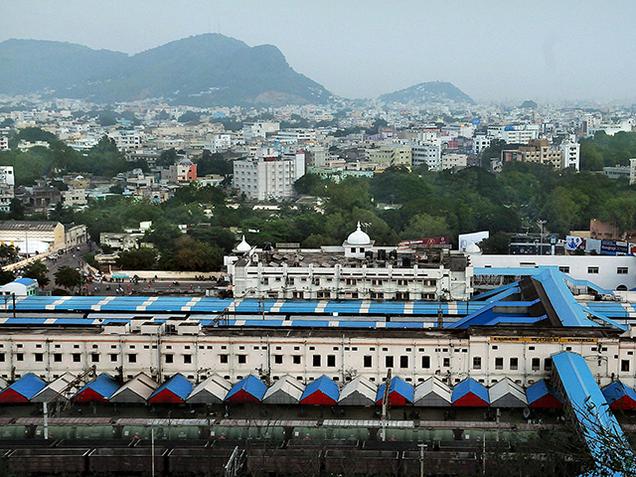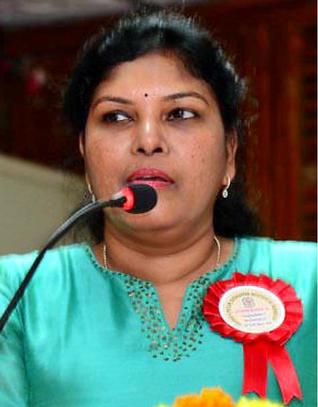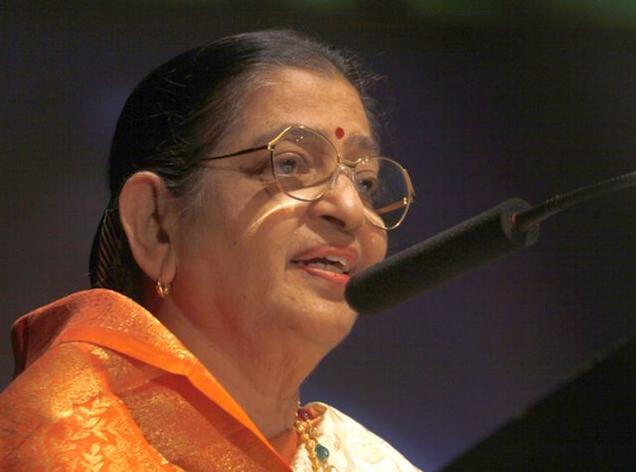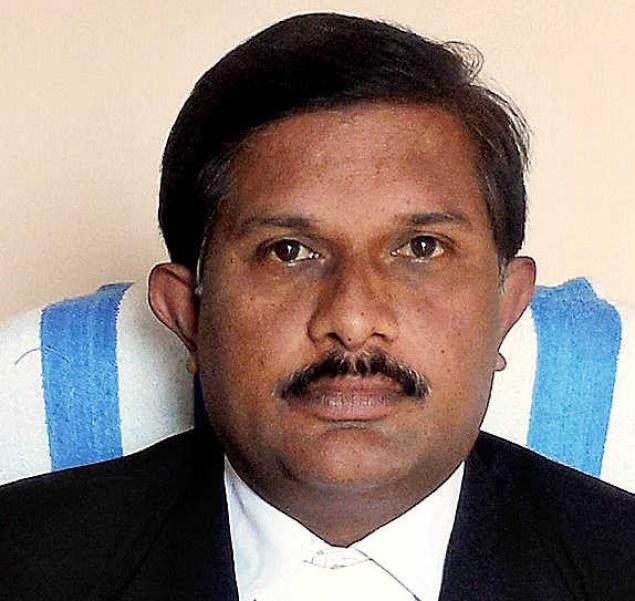
From the days of meter gauge, semaphore signals, manual hand-operated levers, and steam engines, Vijayawada Railway Station has come a long way
Any vintage picture, with black and white shades, is close to the heart, for it acts as a heart-warming reminder of those wonderful days spent in a leisurely and qualitative manner.
This bird’s eye view of the Bezwada Railway Station of the past era captured by the city’s septuagenarian photographer M.A. Mohan Rao, will make the old-timers turn nostalgic.
This picture, taken from Gandhi Hill (erstwhile Orr Hills) of the 50s, portrays the pristine clean-air-no-pollution Bezwada.
“We don’t see the DRM Office and the Railway Institute. We also don’t see any high-rise buildings,” exclaimed a youngster after taking a look at the photograph.
For the geeks (read digital kids), the nondescript small-town station look of today’s ultra modern railway junction is a pointer that nothing remains constant and change is the spice of life.
“The sound of the trains moving on the Krishna bridge was clearly heard when I was sleeping on the terrace in the 40s at Governorpet,” says octogenarian Turlapati Kutumba Rao, recalling his days when the present railway station was just a small shed.
He remembers the Tongas (horse-pulled carts) and rickshaws pulled by humans waiting for the travellers who alighted from the trains hauled by steam engines.
“Those days, the fare between Bezwada and Gudivada was 25 paise.”
Asked G. Phani, a cricket administrator and a city chronicler, after admiring this period picture: “Do you remember the days when we used to lean out of the train window even though coal particles emanating from the steam locomotive chimney caused discomfort?”
This railway station saw several talented natives leaving to the land of fortune — Chennai — in search of glory, and topping the list was Nandamuri Taraka Rama Rao (NTR), Akkineni Nageswara Rao (ANR), Savitri, Waheeda Rehman, Chandra Mohan, and Murali Mohan.
ANR, who was returning from Tenali to Gudivada after performing a playlet, was spotted by Ghantasala Balaramaiah, a film producer, at the Bezwada Railway Station in 1944 for the role of Lord Rama in his film Sri Sita Rama Jananam.
NTR resigned his well-paid sub-registrar job at Bezwada and boarded a train at this very station to try his luck in the tinsel world.
Rest, as the clichéd adage goes, is history.
From the days of meter gauge, semaphore signals, manual hand-operated levers, and steam engines, the Vijayawada Railway Station has come a long way.
Bezwada – the connecting link
The Bezwada Railway Station came into being in 1888 when the British wanted to extend the incoming traffic of Southern Mahratta Railways (SMR) towards the East.
The station, with two platforms, was operated from a small shed, and later came under Mangalore tiles in the 20s. The late seventies (1978-79) saw the station moving into a huge building.
In 1889, the Nizam Guaranteed State Railways Company (NGSRC), based at Secunderabad, extended its railway connection up to Bezwada owing to the commercial and trading importance of the coastal town.
Southern Mahratta Railways was merged with Madras Railways, and Madras and Southern Mahratta Railways (MSMR) was opened to the public in 1908 with headquarters at Madras. The Bezwada District, spread from Tondiyarpet to Waltair (Now Visakhapatnam), was part of it and the district transportation superintendent was in-charge of it.
Later, MSMR was amalgamated with Southern Railway in 1951, and South Central Railway was formed in 1966 when Hubli and Vijayawada Divisions of Southern Railway and Sholapur and Secunderabad Divisions of Central Railway were carved out and merged into a new zone.
In 1969, Golconda Express was introduced with an average speed of 58 kmph between Vijayawada and Secunderabad.
The train was considered one of the fastest steam hauled trains in the country those days.
Vijayawada is the pivotal point in the Golden Quadrilateral, connecting the South to the North and East of India.
The 80s saw steady growth of the railway station into a major junction under the stewardship of rail managers like M. Raja Rao (Andhra Loyola alumni) and Nandigama-born J.N. Jagannath.
For want of more area for the expanding station, Mr. Raja Rao took a decision to dismantle the traffic colony and created more open space and also railway mini-stadium.
Last Pushkarams (2004) saw the laying of more platforms and shifting of Tarapet goods shed.
The number of trains (both passenger and freight) that pass through Vijayawada in a day stands at 300-plus, and around two lakh passengers commute daily.
Vijayawada station was accorded A1 status in 2008.
True facts
The first Route Relay Inter-locking (RRI) system of SCR was commissioned at Vijayawada station in 1976
Electric loco shed was inaugurated in 1980 with a capacity to maintain over 100 electric locomotives
The station has 10 platforms, 5 entrance gates with booking counters and two escalators
The seventh platform is the longest one
source: http://www.thehindu.com / The Hindu / Home> News> Cities> Vijayawada / by J.R. Shridharan / March 28th, 2016



